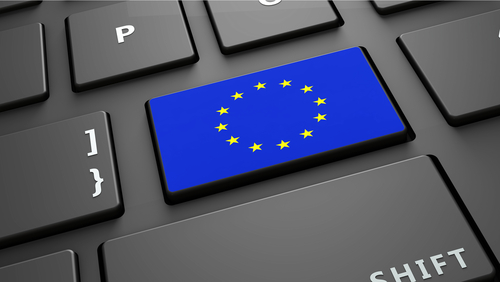
Today, 29 March 2023, the ambassadors of the Member States of the European Union have come to a consensus on the Council’s negotiating mandate concerning the legislative proposal on the digitalization of the Schengen visa.
The goal of this legislative proposal is to introduce a new digital Schengen visa that will facilitate things for legitimate travelers and reduce certain security risks related to the physical visa.
Specifically, the new digital visa would be a cryptographically signed 2D barcode that would supplant the current visa sticker, which can be stolen or falsified. As for the new application procedure, it would be 100% online, except for first-time applicants or people with new travel documents or those who need to re-submit their biometric data due to its expiration.
While applicants in these situations would still need to go to the consulate in person, the rest of the applicants would be able to submit their personal information and electronic travel documents and supporting documents, and even pay for the Schengen visa fees, on a single online platform.
In the case that the individual wants to travel to several countries in the Schengen area, the online platform will be configured to automatically determine which Member State must process the applicant’s application depending on the duration of the trip, although the applicant will also be given the option to select a specific country on the basis of the purpose of travel.
“A digital Schengen visa will make it easier for legitimate travelers to apply and will at the same time help make the Schengen area safer”, said Maria Malmer Stenergard, the Swedish Minister for Migration, in a EU Council’s press release regarding this matter. “Online applications will reduce the number of trips to the consulate for travelers and make the process smoother for national administrations. At the same time, the digital visa will put an end to the risk of falsification and theft of the visa sticker.”
The legislative proposal on the digitalization of the Schengen visa procedures was first introduced by the European Commission on 27 April 2022, after technological advancements and the COVID-19 pandemic showed that digital procedures were more practical and even safer and more effective for applicants and national authorities alike.
At the time, Commissioner for Home Affairs Ylva Johansson said: “A modern visa process is crucial to make travel to the EU easier for tourism and business. Half of those coming to the EU with a Schengen visa consider the visa application burdensome, one-third have to travel long distances to ask for a visa. It is high time that the EU provides a quick, safe and web-based EU visa application platform for the citizens of the 102 third countries that require a short-term visa to travel to the EU.”
Now, the proposal on the Schengen visa digitalization will be reviewed by the Council presidency and the European Parliament, who must agree on the final wording of the legislative proposal based on the negotiating mandate that saw the light today.